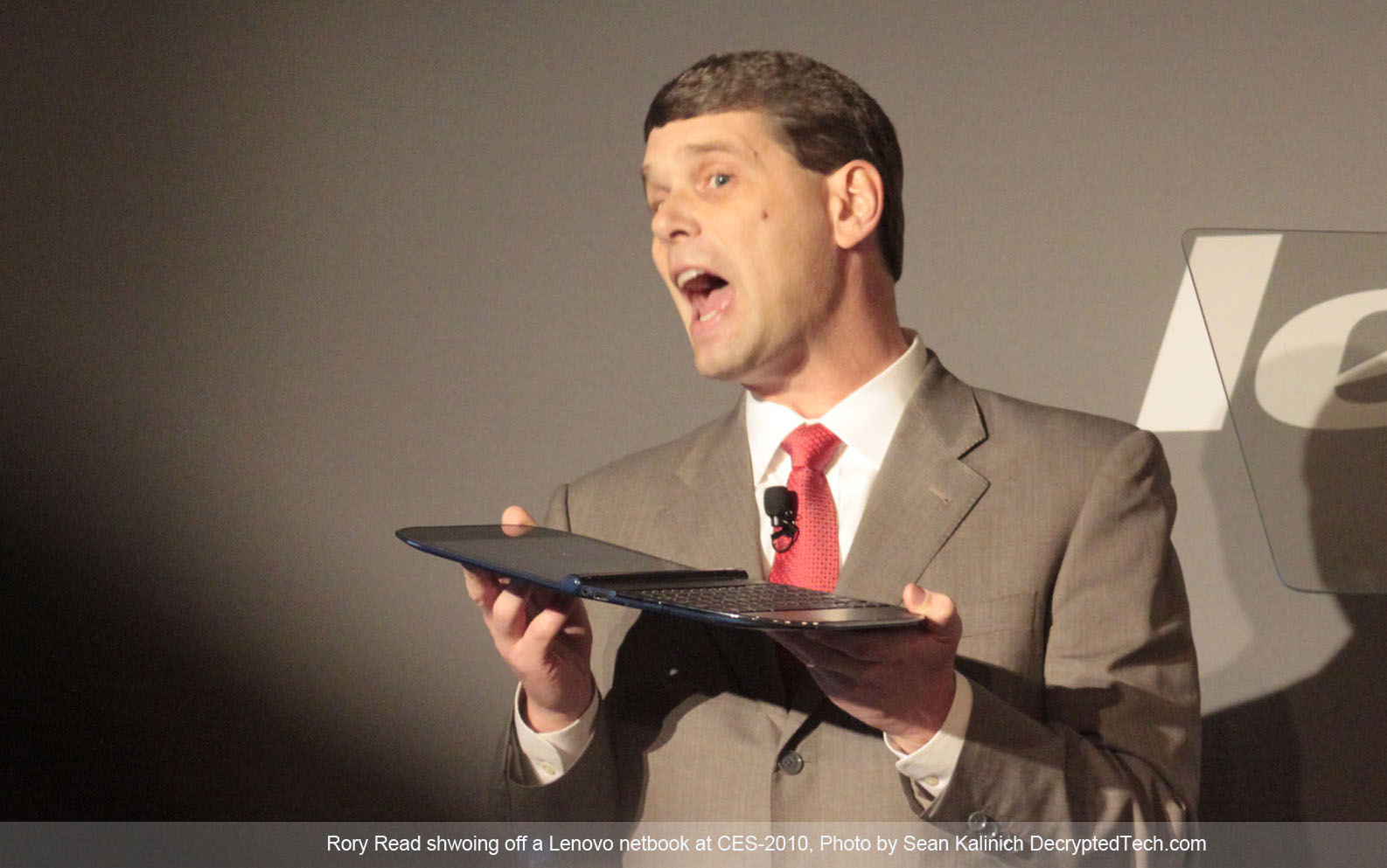One of AMD’s biggest problems over the years (outside of the memory and cache performance issues found in their CPUs) is their xenophobic personality (fearful of or hating anyone or anything foreign or strange). They are one of the worst PR groups to work with and have only gotten worse over the years. Now do not get me wrong, AMD had some great people working in their PR team like Damon Muzny, John Swimmer and Godfrey Cheng; the problem came from other sources. Simply put AMD did (and does) not want to spend the money in the right ways to promote the company.
What this has led to is a suspicion of claims made by AMD about their CPU and even APU products. Remember in the lead up to the launch of Phenom, Phenom II and even the re-launch of the FX title AMD made some pretty impressive claims. Unfortunately they did not pan out and confidence in the brand has suffered. This is not just consumer confidence though it is also OEM confidence as well.
AMD is in an awkward position, right now most OEMs feel that Ivy Bridge is more than enough for your average business class thin and light notebook and Ivy Bridge + nVidia or an AMD GPU will work much better for a gaming product. This leaves both their CPUs and APUs out in the cold. There is little demand for AMD’s APUs right now even though their presence in the market was growing; Ivy Bridge took a lot of that away especially now that the ULV models are out. Manufacturers are seeing a better price performance benefit from Intel than AMD right now. Additionally AMD’s lack of presence in the tablet market (they do not have a single announced design win that we are aware of) is going to hurt them moving forward with Windows 8 devices. It could very well be the case that AMD will not have a presence in the holiday rush to buy Windows 8 (X86-64) tablets.
The odd thing is that Trinity would be a perfect choice in a low cost tablet. It would offer great graphics with enough CPU power left over to handle most business and consumer productivity needs. It is not going to be a power house, but it could make an impact in the $400-$500 x86 tablet market. Unfortunately AMD might have missed that boat until 2013 as most product designs that are headed to market for the October launch of Windows 8 will have Intel under the hood (for ARM that name will be nVidia).
We said it before when AMD made this decision to enter the low power and mobile market, they HAD to get their name out in the thin and light community as well as start work on a tablet for Windows 8. It does not look like they were able to accomplish either in time for the launch. This combined with their recent purchases (their buy out of the Global Foundries Contract and the Purchase of Seamicro) are all contributing factors to AMD’s slow movement in the market.
What AMD must do now id break out of their typical PR cycle and start utilizing new channels to get the word out about the advantages of AMD products in their target devices (thin and light as well as tablets) doing this can increase consumer awareness of the devices as well as improve OEM awareness of the product. If AMD can do this they have a chance at a comeback in a VERY lucrative market (the x86 tablet), if they do not and stick to their normal xenophobic ways and methods then AMD is in for quite a few rough quarters as we expect Q3 and 4 of 2012 to be very focused on thin and light products along with tablets, which leaves most of AMD’s CPUs and APUs out in the cold.
Discuss this in our Forum




